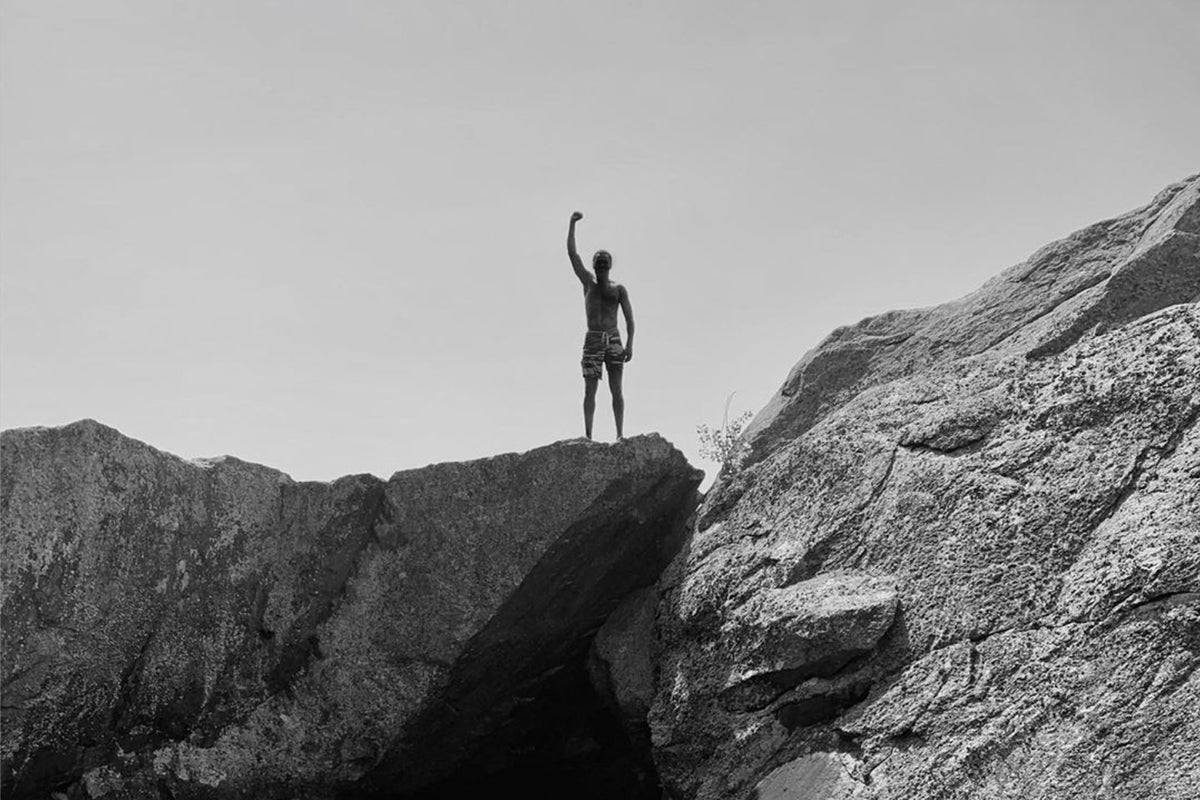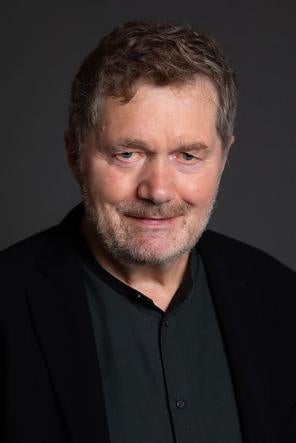Project explores pandemic life through a design lens

April 26, 2021 – If someone decides to make a lasagna during the COVID-19 pandemic, what could that possibly have to do with public health?
Maybe quite a bit, according to Patrick Whitney, professor in residence in Harvard T.H. Chan School of Public Health’s Department of Health Policy and Management.
Whitney is an expert in human-centered and strategic design and a core faculty member in Harvard Chan School’s Design Laboratory, or “D-Lab.” Over the past year, through a project called “Whole Life: Designing Life After Covid-19,” he and his colleagues have collected tens of thousands of photos from people around the globe who were asked to record anything related to how they have been living, working, learning, and playing amid pandemic restrictions. When asked by a team member why they took a particular shot, their answers tend to reveal amazing stories that go far beyond the photos, according to Whitney.
He thinks that information about people’s activities and behaviors—such as staying in contact with family members, or preparing a meal—can be used as catalysts to develop solutions for slowing the development of future pandemics and being better prepared when they do arrive.
Based on more than 12,000 stories that have been collected, Whitney and his team will identify patterns that will lay a foundation for prototypes of solutions that could help contain future pandemics, and that policymakers or health leaders may be interested in deploying more widely. Solutions could take the form of policies, services, products, or messaging.

“We are interested in the changes in people’s habits, beliefs, hopes, and fears, and the new activities that now became part of their daily routine, even if people were not aware of them,” said Whitney. “Our primary focus is on finding patterns of activities and behavior that either support or prevent people from achieving their aspirations when coping with a pandemic.”
Whitney noted that a lot of qualitative research starts with questions that people are asked to answer. Such investigations are often conducted on well-understood topics, enabling researchers to form relevant questions. “But in the D-Lab, we frequently deal with topics that are not well-understood,” said Whitney. “We could create a set of questions and we would get answers, but they would be irrelevant. In cases like this, the first step is to discover the right questions.”
That’s why the work of the D-Lab starts with observation, he said. “By asking people to take photos of their lives, then asking them why they took that photo, we get answers that help get to the essence of what’s important to the subjects, rather than having us assume at the beginning what we think is important,” he said.
Andre Nogueira, associate researcher and instructor in the Department of Health Policy and Management and a D-Lab core faculty member, explained how a photo of a lasagna might lead to unexpected and helpful information. “We would then ask why you took that photo,” he said. “The answer might be, ‘Because I’ve been isolated for three months and haven’t connected with anyone. I missed my family, and called my grandma, and asked for her lasagna recipe. Then I got into cooking.’ That’s a story.”
Revealing patterns
The project team includes 20 faculty members and 200 students who are working in 15 countries around the world. Since last May, the researchers have gathered information from more than 1,200 households. Study participants, chosen randomly, have been asked to photograph anything that feels relevant to them while coping with a pandemic, including any products, services, instruments, or tools they’ve used, or any creative initiatives that came about because of coronavirus disruptions. All of the information is catalogued in a database, where software helps cluster similar findings so that patterns are revealed. Later this year, the data will become available for researchers to explore possible interventions that could lead to improved health outcomes.
One pattern that has emerged is that people are spending much more time outdoors during the pandemic, but that they sometimes face obstacles in doing so—such as a lack of parks near their homes, or no transportation to get to a beach. Such findings raise questions about what public policies and services are being provided to support people in outdoor activities, according to Whitney. “This is an example of something that is critical to people’s health and well-being, but perhaps is not being considered [as a top priority during the pandemic],” he said.
Before coming to Harvard Chan School in January 2019, Whitney served as dean of the Institute of Design, Illinois Institute of Technology. He has published and lectured throughout the world about ways to make technological innovations more humane, the link between design and business strategy, and methods of designing interactive communications and products. His current focus on design in public health is meant to complement traditional scientific research in the field.
– Feature photo courtesy Patrick Whitney; photo of Whitney by Lisa Abitbol


